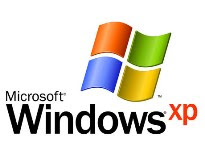A mouse without a need of a mouse pad—that is exactly what A4Tech V-Track mouse is all about as it is capable on running on any surface and cleverly gets rid of the movement restrictions brought about by rectangular-shaped pads. And by anywhere, A4Tech means that the mouse could really function on almost anything under the sun, including surfaces which are typically not suitable for the normal optical mouse such as an uneven surface, slightly dusty glass, marble, soft 3D fabrics like beds, and even on furry textiles.
A4Tech’s V-Track technology uses vertical incident light instead of the regular slanted light which traditional mouse models offer, allowing it to function perfectly on various surfaces and ensure perfect precision. The V-Track mouse promises to provide perfect cursor direction and speed as well as resolve regular mouse’s adaptability problems of slow-moving cursor when working on glossy, uneven or multi-color surfaces.
The V-Track mouse features a four-way wheel which allows for a smart vertical and horizontal scroll for limitless movements. The mouse also gives power-saving benefits with its shorter light path, providing 20 percent to 30 percent less power than those of the regular optical mouse. V-Track also offers better resistance to dust with a tiny lens aperture which prevents dust accumulation compared to larger lens holes that just gather dust and affects the mouse’s speed and performance.
Prices range at P350 to P450 for the wired and P700 to P850 for the wireless, cheaper than other brands in the market considering its innovative technology features.


